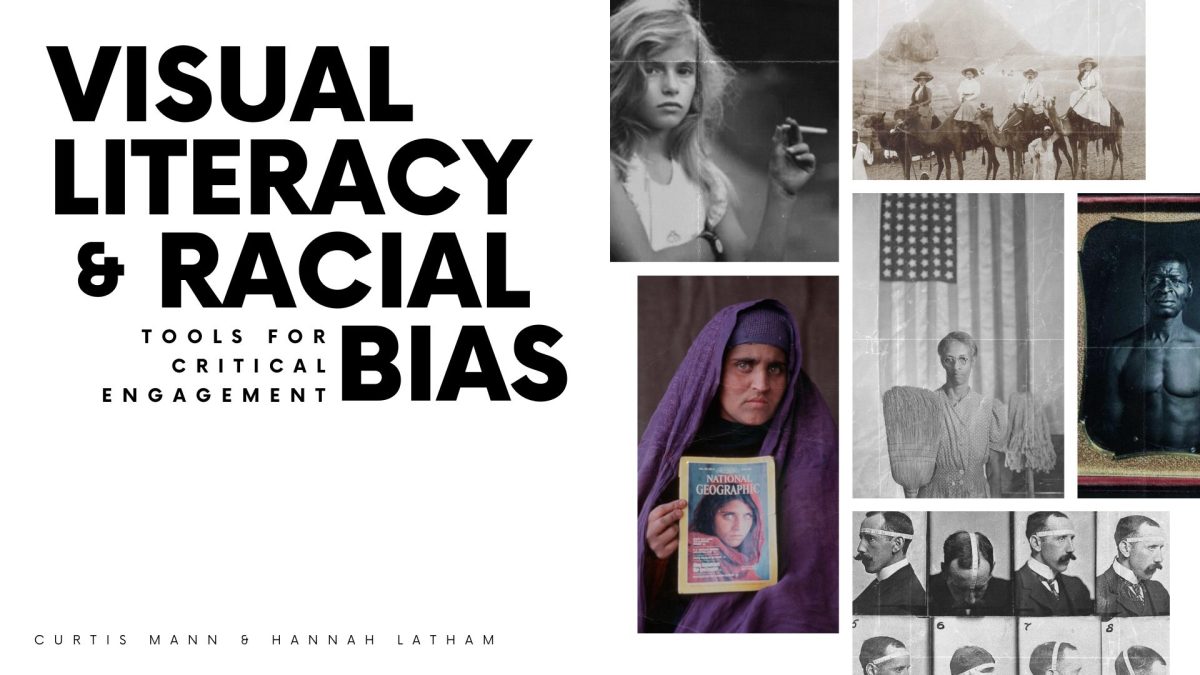
Curtis Mann, Hannah Latham
Over the summer, whether you were lounging on the beach, relaxing at home, or spending time with family, you might have assumed your teachers were doing the same. On the contrary, a handful of Nobles teachers spent their summer breaks examining inventive ways to add to their classes, with the support of the newly-established Summer Innovation Grants (SIG) program.
Dean of Faculty Maura Sullivan said, “[SIG] was something that [came] out of some … strategic goals to get more people … working on their craft … [and] working together on teaching.”
Nine total projects were approved by SIG last winter, giving 18 teachers the opportunity to conduct school-funded exploration into their disciplines. Four of these nine projects were presented at a faculty meeting before students arrived for the school year.
Several teachers had already considered working on projects before the SIG program was introduced.
Visual Arts Faculty Curtis Mann said, “I’ve gone to [conferences] that deal with race, equity, inclusion, and belonging … There was never a workshop [centered] around … [the] role [of images] in shaping our understanding of each other.”
Wanting to spark discussion around the power of images in school, Mann worked with Photography Teacher Hannah Latham to build presentations that teach faculty in the arts and beyond about the importance of image studies.
Latham said, “I love the way that we’re connecting with people I wouldn’t necessarily talk to across the community.”
Another project with wide-reaching effects was the work of the Academic Support Department: Sara Toga, Molly Miller, and Heather O’Neill. With their research grant, the trio sought to design a Nobles-specific academic paper planner to be tested in their Academic Theory and Practice class.
“We wanted to come up with something where kids could be thoughtful about the week ahead. One of the things that we all know about school is that we can get overwhelmed,” Miller said. The department encourages students to utilize all their available tools to plan ahead for the school year.
Toga said, “The goal that kids will say [is] ‘I want to get an A,’ but … what’s the small, manageable piece, that first step, that initiation that’s going to get you hopefully to that goal?”
Students in geometry and ceramics classes can look forward to a collaboration between the two departments with the help of Mathematics Faculty Karen Gallagher and Visual Arts Faculty Nora Bourdeau’s project. Inspired by Jason Krugman’s (N ’01) sculptures presented in Foster Gallery last spring, which used their artistic, geometric structure to conduct electricity, the pair aimed to solidify a connection between art and math.
As a result of the research grant, Bourdeau and Gallagher introduced a three-dimensional graphing calculator to facilitate the creation of ceramic pieces. After visualizing the appropriate proportions for their piece in that calculator, Ceramics I students will use other tools to transform the three-dimensional shape into a two-dimensional paper template to trace out slabs of clay.
“This fall I will be in the [ceramics] classroom, bringing in some math. Hopefully, in the spring, there’ll be an opportunity for geometry students to come into the ceramics studio and put together some pieces,” Gallagher said.
Bringing expertise from their respective fields, Bordeau and Gallagher learned a lot from each other.
“I feel like I’m going to be better at explaining slab building, having had [conversations with Gallagher] and thinking about it in a different direction,” Bourdeau said.
As upperclassmen begin to think about their college essays, they can learn from the work of English Faculty Gia Batty and Visual Arts Department Chair John Hirsch.
Thinking about his time in the classroom, Hirsch said, “There was definitely an overlap with what AP [arts students] were either making art about, thinking about, or talking about, and how they were [approaching] their college essays.”
With this connection, Batty and Hirsch developed writing prompts that AP arts students could reference while constructing both their art portfolios and college essays. These writing prompts were designed for specific phases of the school year, starting with brainstorms for September and emphasizing self-reflection in later months. The pair hopes that the writing prompts will allow students to examine themselves, their passions, and their future.
“Those are things [everyone] hopefully [is] doing [throughout their] entire existence,” Hirsch said.
The next step for these two interdisciplinary collaborations entails inviting more teaching faculty to apply the changes to their own classes. A challenge that awaits these pairs concerns scheduling conflicts.
As Batty said, “Having the time in the summer was amazing … It’s just going to be really challenging for me to get back into [AP art classes] and be able to see this through because we teach at the same time.”
The SIG program is one of the many paths at Nobles for faculty-led innovations, but its success in its first year leaves much to be anticipated. Faculty members have only scratched the surface of their projects, yet the impact that the SIG program has on Nobles curriculum is palpable.